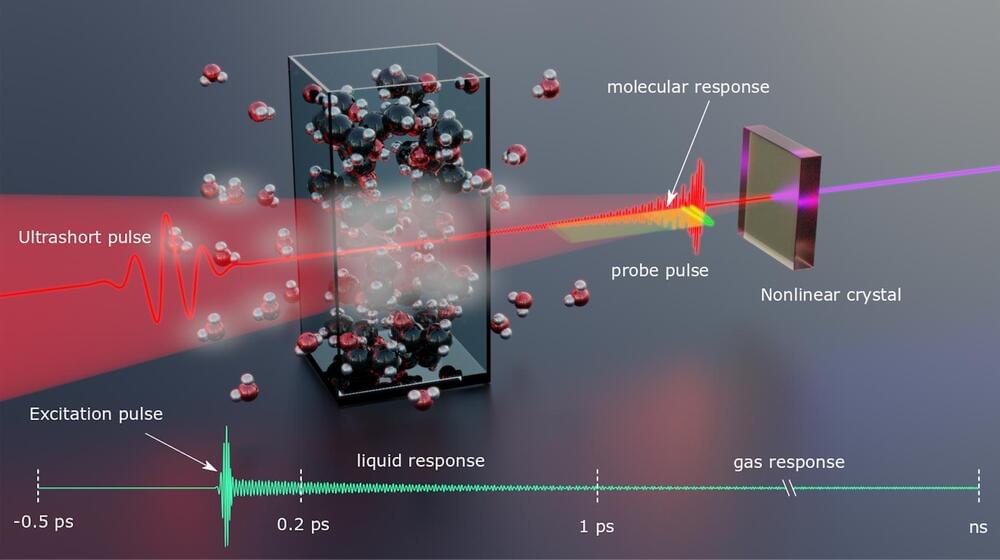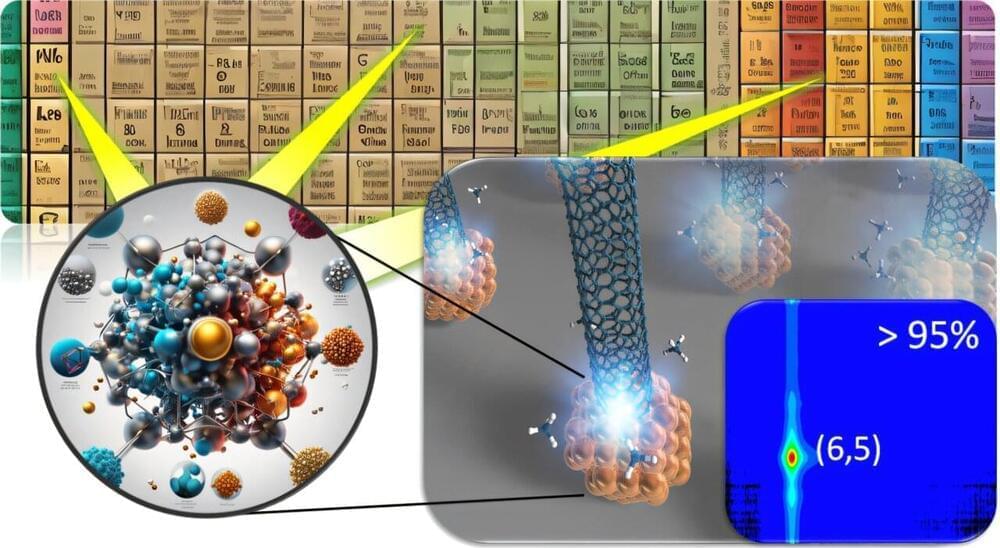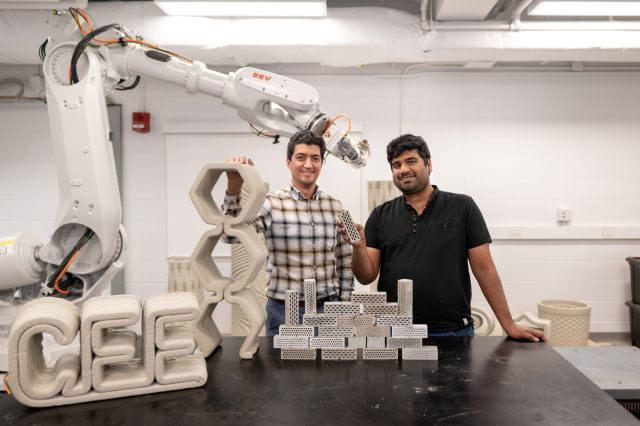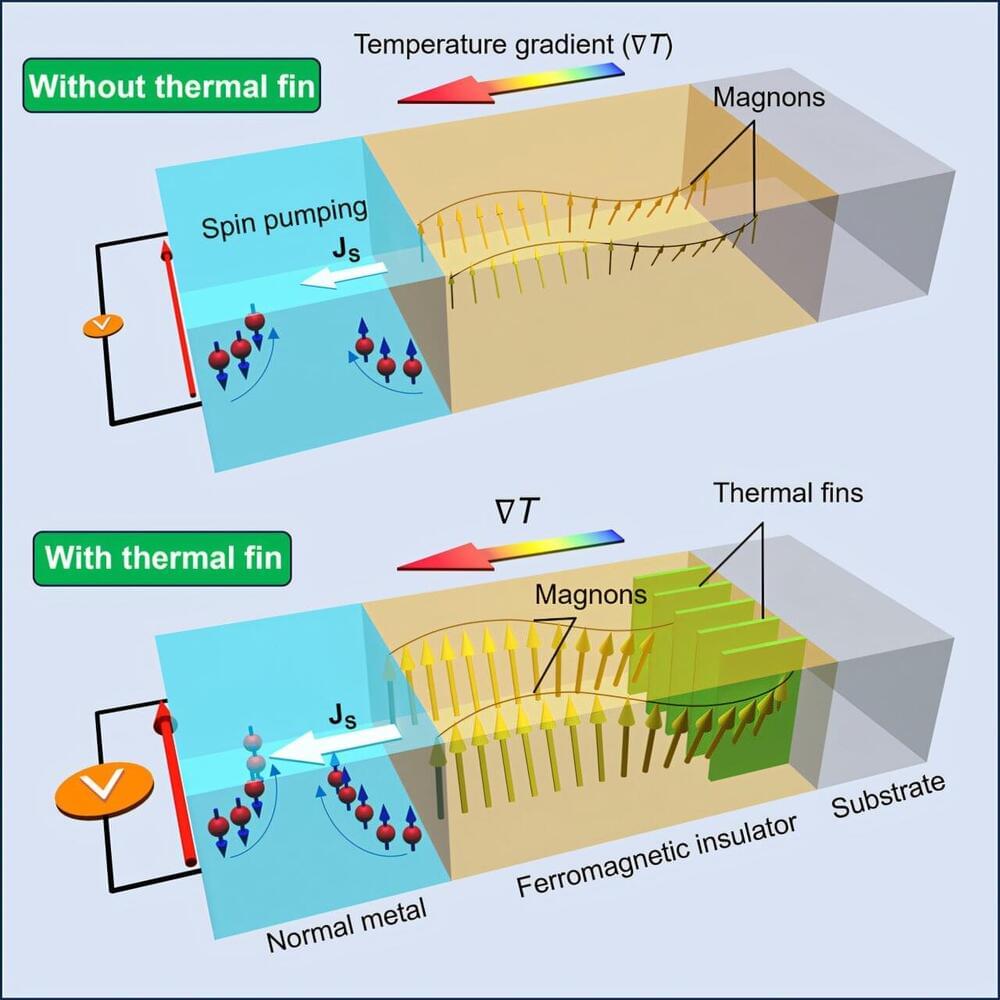A recent breakthrough in frequency conversion has achieved substantial bandwidth, opening new possibilities for more efficient quantum information transfer and advanced integrated photonic systems.
Advancements in quantum information technology are enabling faster and more efficient data transfer. A major challenge, however, lies in transferring qubits—the fundamental units of quantum information—across different wavelengths while preserving their crucial properties, such as coherence and entanglement.
As reported in Advanced Photonics, researchers from Shanghai Jiao Tong University (SJTU) recently made significant strides in this area by developing a novel method for broadband frequency conversion, a crucial step for future quantum networks.








